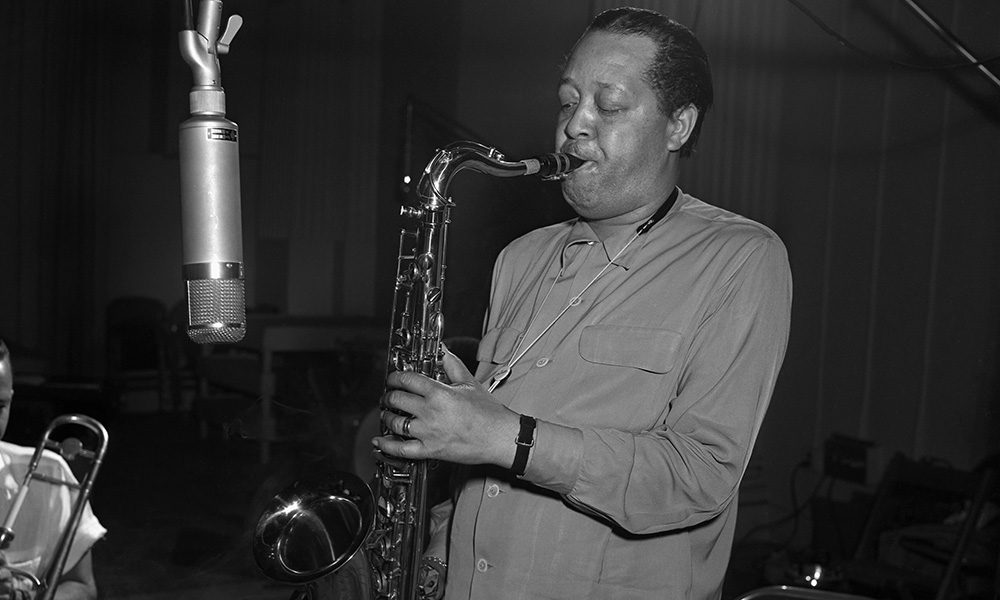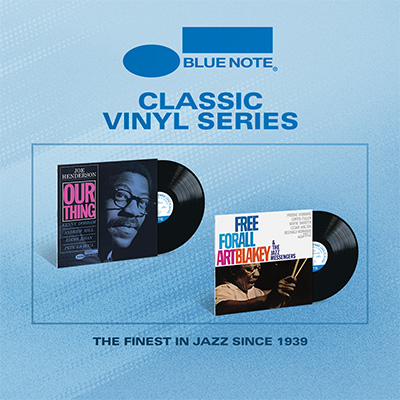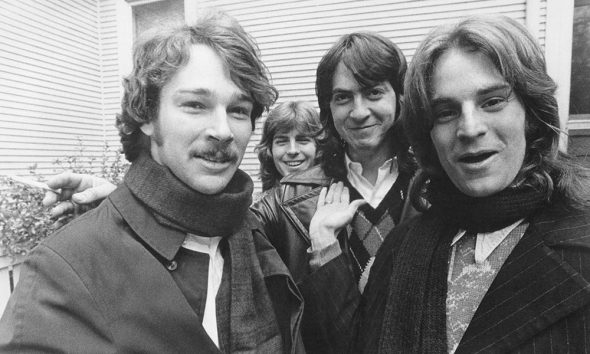Lester Young
The jazz saxophonist and clarinetist accompanied and played with acts like Count Basie’s band, Billie Holiday, and Nat King Cole.

Are you ready to Swing? Because swing is what Lester Young is all about. Even after the experience of being drafted into the army and the subsequent harsh treatment he received nothing could take that away from Pres. If you want to hear how good Lester Young is, just listen to his recording of ‘Almost Like Being In Love’ with Oscar Peterson. It is the perfect record to play anyone who wants to hear Lester Young’s lightness of touch.
“When Lester plays, he almost seems to be singing; one can almost hear the words.” – Billie Holiday
Born into a musical family on 27 August 1909, Willis Lester Young came from Wilkinson County, Mississippi; Young, his sister Irma and brother Lee, were predominantly raised by his mother, a teacher, in Algiers, across the river from New Orleans. His father was a multi-instrumentalist who favoured trumpet, taught piano to a youthful Ben Webster. Many relatives in the extended family played in a band; his mother played baritone saxophone, Lee played soprano saxophone, Irma played C tenor saxophone; the band of cousins, aunts and uncles added up to ten saxophonists in total.
Despite being taught by his father, Young avoided learning to read music, instead of playing by ear, “My father got me an alto out of the pawnshop and I just picked it up and started playing it, that’s the way that went.” Frustrated, his father threw him out the family band for a while. According to Lester, “I went away and learned how to read the music. And, I came back in the band and played this music.”
Young’s parents divorced when he was ten years old, after which his father sent his sister to abduct the children while their mother was out, after which they were taken on the road with the band; the children did not see their mother for years. Young played for his father from 1919 first on drums, taking up the alto saxophone when he was 13 years old. He left the band when he was seventeen, after refusing to tour the South.
Finding work with other touring outfits, Young changed first to baritone saxophone then tenor saxophone in 1928, while with Art Bronson’s ‘Bostonians’. He joined a string of bands ending up in Walter Page’s ‘Blue Devils’ and their spin-off, ‘Thirteen Original Blue Devils’. After touring with Clarence Love and King Oliver in 1933, Young moved to Kansas City to play with the Bennie Moten-George E. Lee band.
Young sat in with the visiting Fletcher Henderson band at the Cherry Blossom, to substitute for their star soloist Coleman Hawkins who was absent; when Hawkins went to tour Europe, Young joined Henderson’s band. He was chided by his bandmates for not sounding like Hawkins and soon quit to join Andy Kirk’s band. Next, Young joined Count Basie, making his recording debut in 1936, on ‘Shoe Shine Boy’, with ‘Jones-Smith Incorporated’, a quintet formed from Basie’s Orchestra. A few months later he played on his first record with Billie Holiday in 1937 as part of Teddy Wilson’s Orchestra. Young’s unique, cool style, intentionally playing high in the register on the tenor, set him apart from the majority of other saxophonists who had modelled themselves on Hawkins. Critic Benny Green described the difference, “Where Hawkins is profuse, Lester is pithy; where Hawkins is passionate, Lester is reflective.”
Young’s style gave rise to the Charlie Parker lineage and was fundamental to the development of Bop and Cool jazz; he also had a flair for fashion wearing double-breasted suits and pork-pie hats, Young’s whole image wreaked of cool.
After dodging the draft, Young was tracked down in 1944 by an FBI man posing as a jazz fan. He was forced to join the army, despite his unsuitability as a chronic alcoholic, and a heavy marijuana user. Young and Billie Holiday smoked copiously whilst recording; he was also syphilitic, despite being monogamous and faithful to his wife. Norman Granz appealed to the draft board on Young’s behalf, but to no avail. Young was stationed in Alabama where racism made army life a misery. When pills were found in his possession, a court-martial ordered him to serve a year of hard labour at Fort Gordon in Georgia. When Young was released, it was his friend Norman Granz who organised a recording date in Los Angeles, as well as paying for Young’s ticket to California.
Young returned to a reinvented jazz scene, beginning to bloom from seeds he had sown. He was able to adapt to the new bebop movement and found fame on Jazz at the Philharmonic tours, many of his performances are captured on the JATP recordings, including some in 1946 with Billie Holliday. Young, to all intent and purposes, appeared to be very successful during this period. His popularity and income grew steadily until he was earning about $50,000 per year.
His first session for Granz was in 1946 as The Lester Young Buddy Rich Trio, the third member being Nat King Cole. In 1950 he worked as a quartet with Hank Jones, Ray Brown and Buddy Rich and produced sides that were collected together to create the excellent, Pres on Norgran and later Verve. In 1952 he recorded with the Oscar Peterson quartet and this is another beautiful record.
However, Young found the popularisation of his style a double-edged sword. He was so popular that many copied his style and with all these sound-alikes, he was beginning to feel obsolete. Add to this the impact of his abuse whilst serving in the army, which he described as, “a nightmare, man, one mad nightmare”, was clearly being expressed through his playing which became far more melancholic than mellow. Coupled with which his alcohol abuse continued to escalate.
He ended his days in New York, what would nowadays be diagnosed as being clinically depressed, sitting by his window in the Alvin Hotel at 52nd Street and Broadway, watching the musicians arriving at Birdland opposite. He viewed Western movies, and listened to Frank Sinatra records, sat in his chair, drinking gin. Gil Evans visited him, “He had a great big room at the Alvin, and when I’d go to see him, I’d find full plates of food everywhere. That had been brought by friends, but he wouldn’t eat. He just drank … One of the reasons his drinking got so out of hand was his teeth. They were in terrible shape, and he was in constant pain.”
Young was named the greatest tenor saxophonist ever in a Leonard Feather poll from 1956 and was posthumously elected to the Down Beat Hall of Fame in 1959. Many of our phrases in daily use have been attributed to him; famous for dubbing Billy Holiday “Lady Day”, and she for calling him the “President”, Young likely also introduced, “you dig” (you understand) and “bread” (money).
A day after returning from a one-month engagement in Paris, Young died from a heart attack brought on by severe internal bleeding arising from cirrhosis of the liver, that is, he had essentially drunk himself to death. Eleven days before he passed away he recorded what became Lester Young in Paris; not his best playing by a long way, but fascinating that a man in his physical condition could ever perform. Norman Granz took out a full-page ad in Down Beat: a photo of Young under which was the simple dedication, “We’ll all miss you, Lester”.
Words: Richard Havers















Roy Giffin
February 5, 2022 at 11:13 pm
A lovely Honest review of the original & best. Thank you